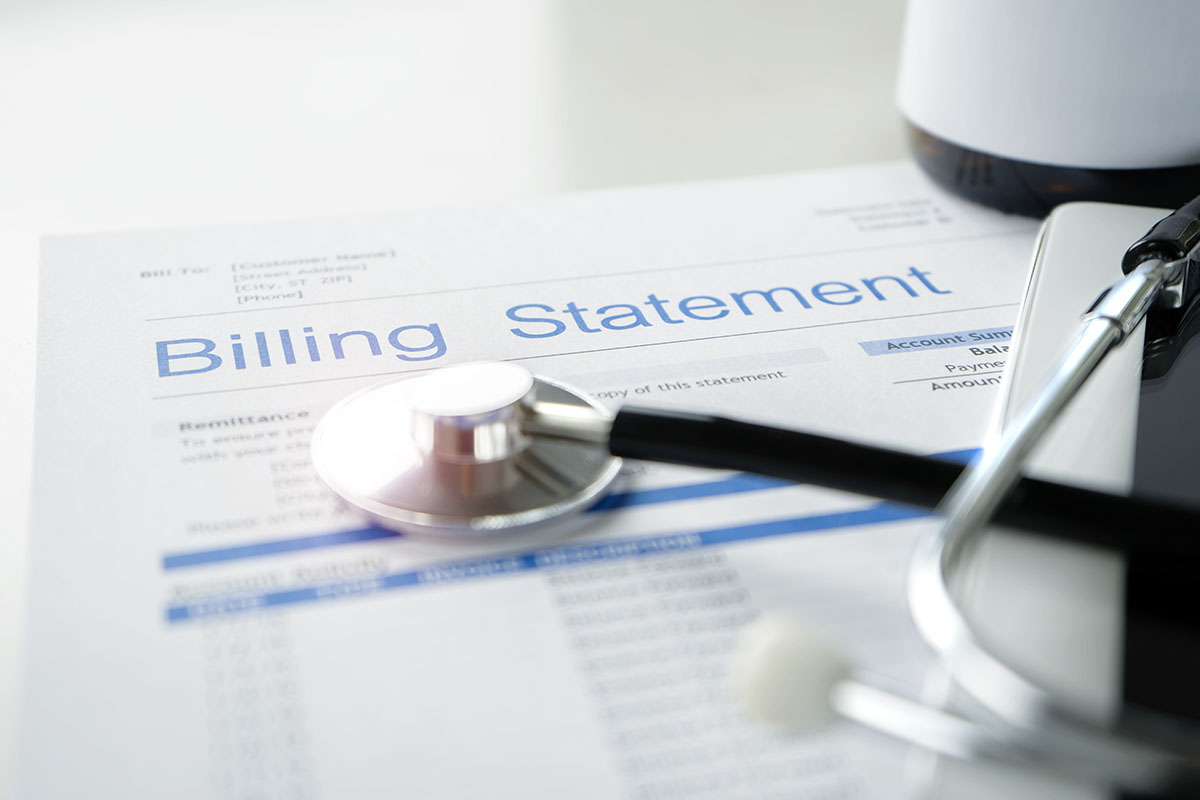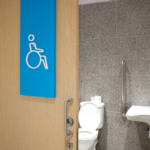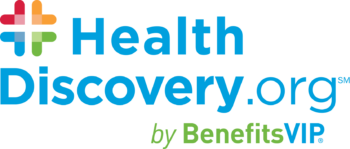Yes, yes, we know that health insurance, prescription drug coverage and health savings plans can be confusing, especially if any part of your employee benefits program changes from year to year. Health insurance mistakes are common, but not difficult to avoid if you know how.
Mistake No. 1: You don’t know the four basic terms of health insurance (deductible, out-of-pocket maximum, copay and coinsurance) and what they mean to you.
Here are the facts:
- Deductible: The amount you pay for health services before your insurance plan starts to pay.
- Copay: A fixed amount (example: $20 for a doctor’s visit) you pay for healthcare services
- after you’ve paid your deductible.
- Coinsurance: The percentage of costs of a healthcare service that you pay, like 20%, after you’ve paid your deductible.
- Out-of-pocket Maximum: The most you have to pay for covered healthcare services in a plan year.
Mistake No. 2: You use an expired insurance ID card at the pharmacy, doctor’s office, lab or other medical provider.
Here are the facts:
- If your health insurance benefits, drug coverage or any part of your benefits changed this year, you should receive new ID cards through your HR department or insurance carrier.
- If your company offers BenefitsVIP and you need help getting a new ID card, contact your team for assistance.
- You will likely have different ID cards for each kind of benefit you are enrolled in, like medical, dental, vision and prescription drugs. Note: sometimes medical insurance and prescription drugs use the same ID card, but sometimes they don’t.
- When you schedule a doctor’s visit, lab work or medical procedure, or get a prescription filled or refilled, make sure your provider and pharmacist know that your insurance has changed. And bring your new ID card to the appointment and pharmacy.
Mistake No. 3: Not knowing your insurance copay, deductible and coinsurance amounts.
Here are the facts:
- Before you enroll in health insurance, you should receive a benefits guide (also called a summary), which explains your plan options as well as copay, deductible and coinsurance amounts and other important informati
- The benefits guide/summary is also available through your HR department and health insurance carrier.
- If you have access to online benefits enrollment technology (either through your employer or a health insurance exchange), your benefits copay, deductible and coinsurance amounts and other plan information will be listed under your account on the website.
- Read your benefits guide/summary and keep it handy for future reference.
Mistake No. 4: You’re enrolled in a high-deductible health plan (HDHP) but you don’t know how it works.
Here are the facts:
- Before you enroll in health insurance, you should receive a benefits guide (also called a summary), which explains your plan options as well as copay, deductible and coinsurance amounts and other important informati
- The benefits guide/summary is also available through your HR department and health insurance carrier.
- If you have access to online benefits enrollment technology (either through your employer or a health insurance exchange), your benefits copay, deductible and coinsurance amounts and other plan information will be listed under your account on the website.
- Read your benefits guide/summary and keep it handy for future reference.
- If your employer offers an HDHP and you want to enroll in it, be sure to enroll in an HSA if it’s offered, too.
- If you have an HDHP but no HSA, you could end up in medical debt, and the added interest on this debt will make it even harder to pay your bills.
- Does your employer offer an HSA, health reimbursement arrangement (HRA), or flexible spending account (FSA)? Are you confused by this alphabet soup of acronyms?
Mistake No. 5: You didn’t get a confirmation statement when you enrolled yourself or your dependents in health insurance benefits.
Here are the facts:
- After you enroll in health insurance, you should receive a confirmation statement or an enrollment form, which proves you have medical, drug and other coverages and what that coverage is. If you enroll using enrollment forms, you should always retain a copy of the form.
- If your new insurance is rejected by a doctor or other healthcare provider, you can use the confirmation statement/enrollment form to prove your coverages.
- Make sure you add your spouse, partner and other dependents to your benefits plan during open enrollment. You can’t add them later unless there’s a qualifying life event, like a marriage, the birth or a child or an adopti
- It’s your responsibility to notify your HR department or health insurance carrier if you get a divorce, your adult child is on your benefits plan but has reached age 26, or there’s another life event that impacts you and/or your dependents.
- You can’t change anything about your health insurance elections until the next open enrollment season…unless you or your dependents have a qualifying life event.
Mistake No. 6: You use an out-of-network doctor, lab, urgent care facility, or hospital.
Here are the facts:
- Using an out-of-network provider (doctor or specialist) or facility (urgent care center, hospital or lab) will cost you more-sometimes a lot more-than in-network providers and facilities.
- If your benefits plan or insurance carrier changed since last year, check to see if your doctor, specialists, urgent care center, hospital and labs are still in-network before you use them.
- Some insurers make will pay for healthcare providers and treatment at an out-of-network hospital or urgent care center if you get sick or injured and you’re far from home. Check on this before you take a trip.
Mistake No. 7: You’re overpaying your prescription medications.
Here are the facts:
- If you take prescription drugs, check your insurance carrier’s “drug formulary” to see which “tier” your medications fall into. Tier 1 generic drugs are generally cheaper than brand-name drugs. Click here for more information about drug formularies.
- Many health insurance carriers use “step therapy,” which means you’ll start out on a generic drug before you are “stepped up” to a brand-name drug.
- Your prescription benefits may include a mail-order option for maintenance drugs (like blood pressure and high cholesterol meds, or insulin, etc.); mail-order drugs can be cheaper (and more convenient) than getting prescriptions filled at the pharmacy.
Bottom line: What you know before you enroll in and use your employee benefits can save you a lot of time and money later. To avoid common health insurance mistakes, be sure to attend open enrollment meetings and webinars, or read online tutorials during the enrollment period. And keep your benefits guide handy.
Visit HealthDiscovery.org for related topics.














